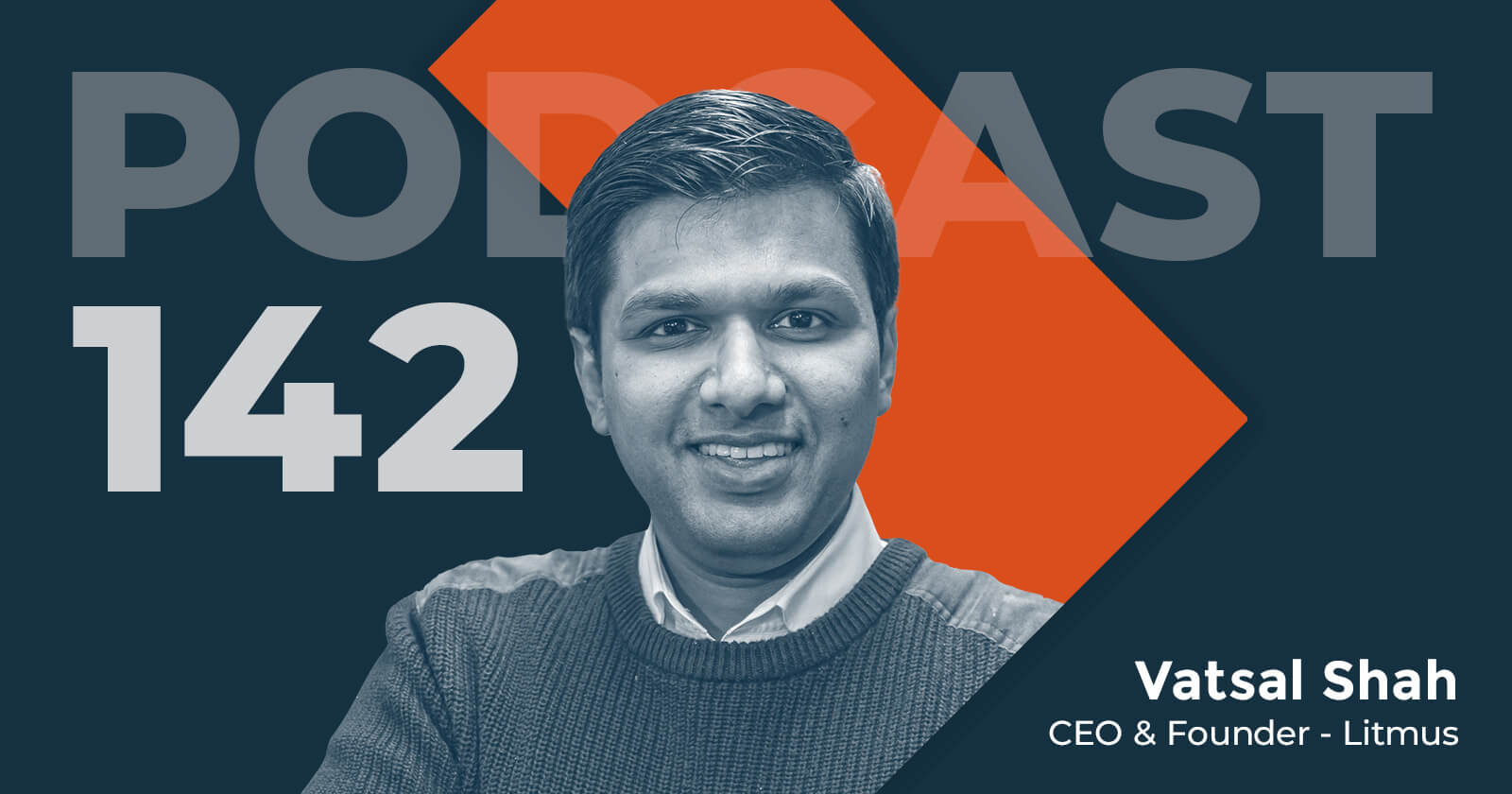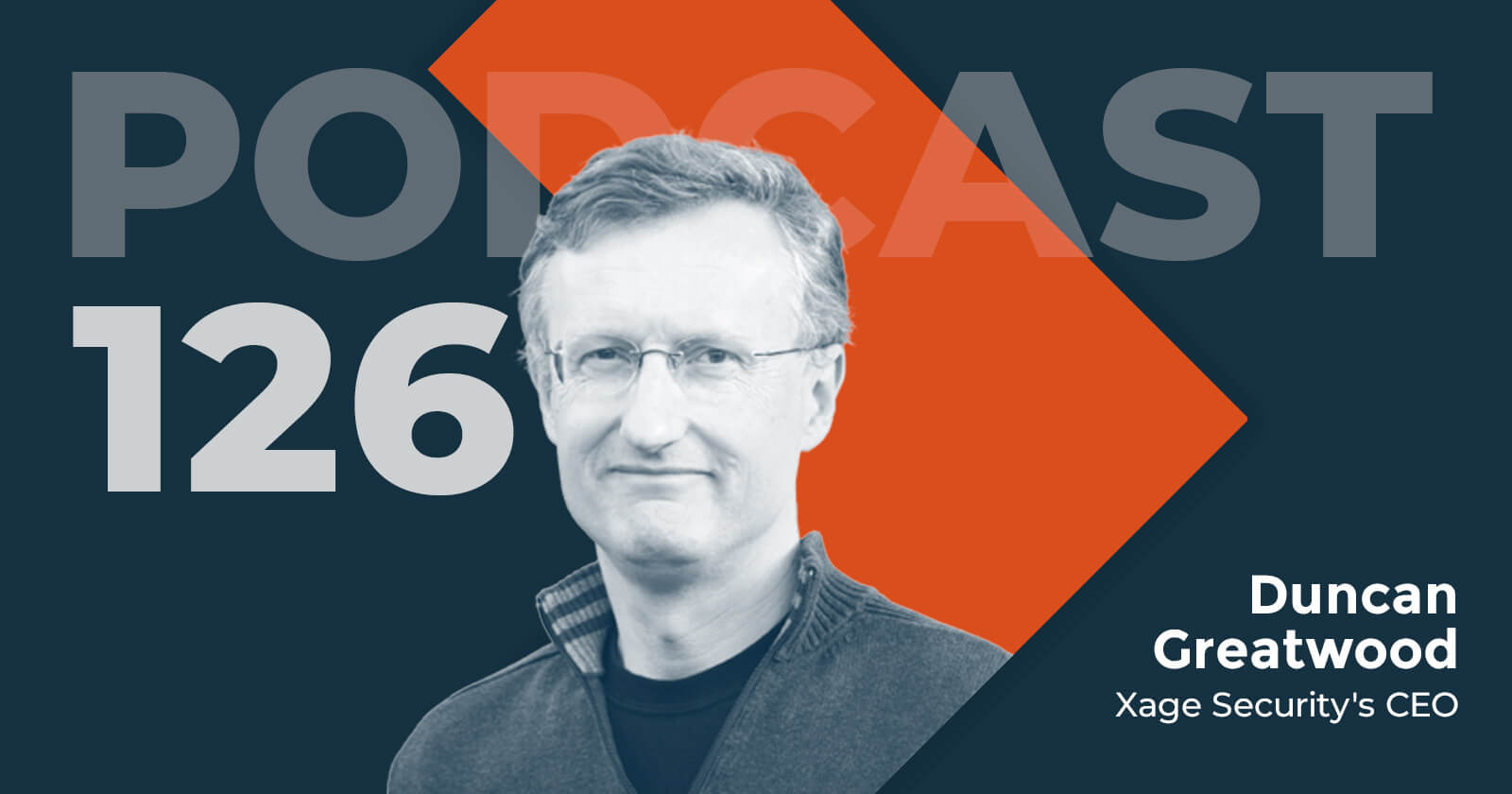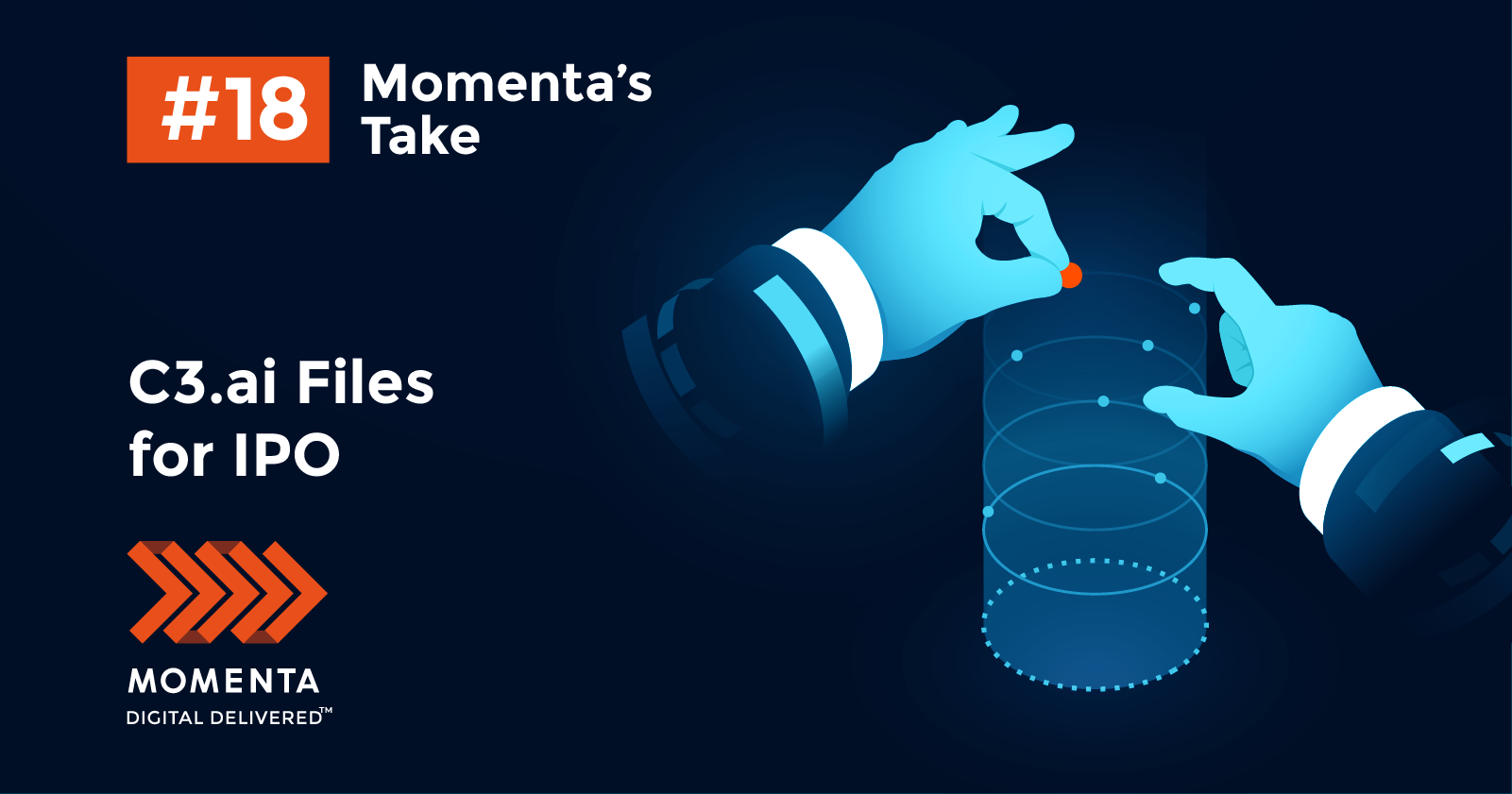Webinar Follow Up: Answering Your IoT Platform Questions
Ed Maguire

On June 28th 2018, Momenta Partners hosted a Webinar on Unpacking IoT Questions on Platforms with Jim Fletcher, Jesse DeMesa and Ken Forster. The presentations highlighted an overview of the market opportunity, the IoT platform “stack”, differences among providers, key use cases and criteria for making better informed decisions. In this post we answer some of the questions we received during the event.
What challenges or barriers do end-customers face (or perceive) when thinking about hosting applications (like analytics) at the "Edge"?
The challenges include most of the challenges we see within the data center walls including security, admin, configuration, maintenance, but with additional challenges because of the potential physical location of the edge devices outside of the typical data center walls. The edge devices themselves will range from smaller data centers, to targeted specialized hardware that may require traditional software maintenance but also may encompass firmware management as well. In additional capabilities such as secure trusted identity to assure the identity of the edge devices. The lack of traditional "physical protection" creates additional challenges.
Focusing in the edge, do you consider the devices' Operating System as platform? In case so, how would you address the challenge of deciding which to use?
We see the device OS more as a "base layer" than a platform. The platform would enable a series of functions such as event stream processing, data rules, and more complex analytics and would run on the device OS.
What's the definition of "Edge": is it an IoT gateway, or a server that is just geographically close to the devices?
Edge has become a very broadly overused term. Edge can reflect the physical location of the processing such as "near the device", or the logical location of a set of specific targeted processing such as data analysis or analytics. Edge computing can range in size from a specialized gateway device in an Industrial IOT use case to a complete data center co-located with the tower for a 5G scenario.
Where are edge platforms going to be physically? In a Telco room, data center, sitting on a shelf very close to sensors?
Edge platforms can potentially be deployed in a range of scenarios. At Momenta we draw distinctions between Edge Gateways (which primarily emphasize connectivity), Edge Appliance (which incorporate more robust processing, storage and application logic) and Edge Points of Presence, which are effectively scaled down data centers at the edge. The is quite a bit of variability in terms of the extent of platform capabilities deployed on the various types of edge devices – ranging from simple data filtering and aggregation capabilities to full-stack analytics that power autonomous response based on real-time sensor inputs.
Can you give an example of how video streaming in an industrial space or manufacturer is used?
Video streaming can be used in a wide range of use cases, from tracking production to remote safety inspections to activity optimization.Video monitoring of production lines can help to detect potential safety hazards and monitor for potential delays. Video can also be used with robots or drones to perform safety inspections in areas that are difficult or hazardous for a human worker to access.
All the big platforms still preach interoperability ... do they actually enable this or are they still driving kit sales?
One can’t be a platform, by definition, unless you are interoperable. Anyone that has a published and documented API supports interoperability, but the real test is whether these interfaces contain the same capabilities as is available by the vendor for their own tools. There will always be a temptation to support one’s own products, but those that level this playing field will ultimately be the winners.
How do you see importance of "security" in IoT platform?
Security is a critical component of system and date integrity, and this is best enabled as a core part of the platform technologies. We’ve seen lots of ‘overlay’ security offerings, but believe those that are integrated and standards-based / compliant will be the winners.
How do telcos make money selling IoT platforms?
Telcos have a range of different platform services that differ by provider. Foremost for carriers is connectivity, so charging by the number of devices, connections and the amount of data is a key part. A lot of value comes from consulting and implementation services, and the licensing of IoT platform software as well (which is often 3rdparty).
Will there be a dominant platform in the market?
The IoT platforms market is already so fragmented that we do expect a wave of consolidation. Unlike other tech platforms such as cloud Infrastructure as a Service and operating systems, we don’t expect a single dominant player in any market. Rather we anticipate several leaders in each major market segment, differentiated by industry focus, the emphasis on different areas of the “stack” (connectivity or analytics for instance) and we expect leaders to be defined by winning business cases.




